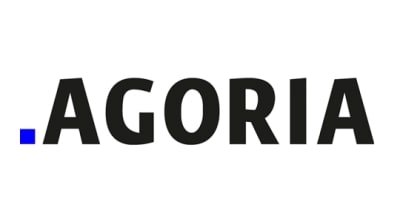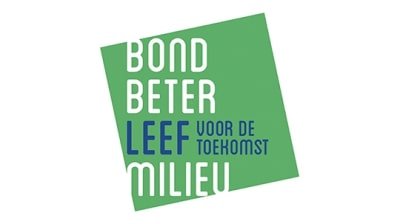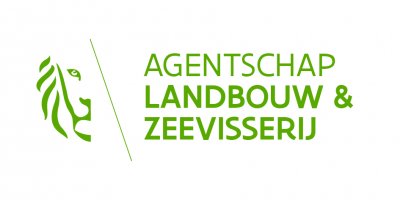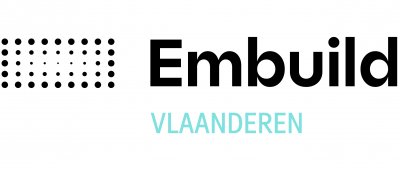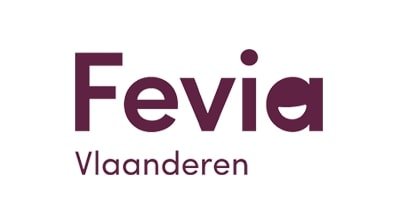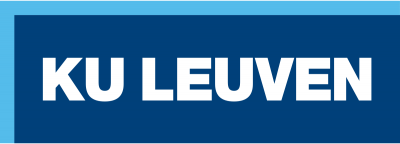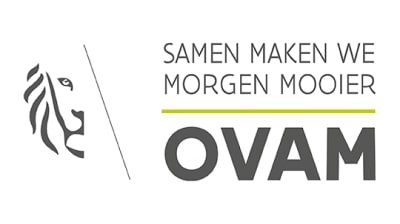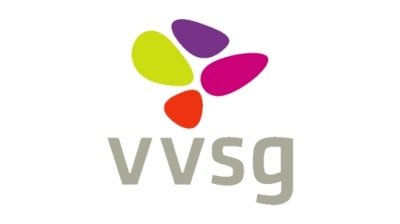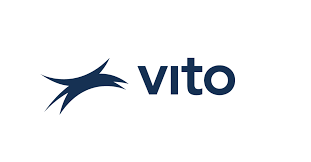Topics
We organise our actions in six thematic & strategic agendas:
Strategic Agendas:
Bio-economy
Circular Construction
Chemicals/Plastics
Manufacturing Industry
Food Chain
Water Cycles
Seven leverages provide additional support:
Leverage effects:
Lever Policy Instruments
Lever Circular Procurement
Lever Communication
Lever Innovation & Entrepreneurship
Lever Financing
Lever Jobs & Skills
Lever Research
What, why and how?
Why are we pursuing a circular economy?
Future visions 2050
How do we see our circular future?
About our management
Who steers what at Flanders Circular?
OS-Economy
Collaborative design and business models for the circular manufacturing industry
With the OpenStuctures design methodology, objects are designed based on a shared standard. That standard creates an ecosystem in which products become repairable and adaptable, while the components of different products are combinable and can have infinite lives as a result.
By constantly developing new products that exist within a closed system, recovery and reuse is often only possible to a limited extent. In the OpenStructures design methodology, products are designed so that their components and techniques are interchangeable and combinable. Subsequent modifications, repair and reuse are thus easier, making these products last longer.
Within this project, the OS methodology is applied in two cases in the practice of production, sales and (reversible) distribution. By trying out and experimenting, lessons are learned about profitable business models, logistics and cooperation. Two manufacturing companies, Atelier Ternier & Vivalyte, will go through the full chain from design to production and then offer products through alternative business models. Lessons learned will allow further optimisation of the system and address challenges. Circular designs can thus be integrated faster within manufacturing companies.
The expected impact in large-scale implementation is a drastic reduction in materials use by life extension through circular and modular design.
Photo by OpenStructures
Sura-impact
Partners Atelier Ternier, Vivalyte
Sectors
Organisations

